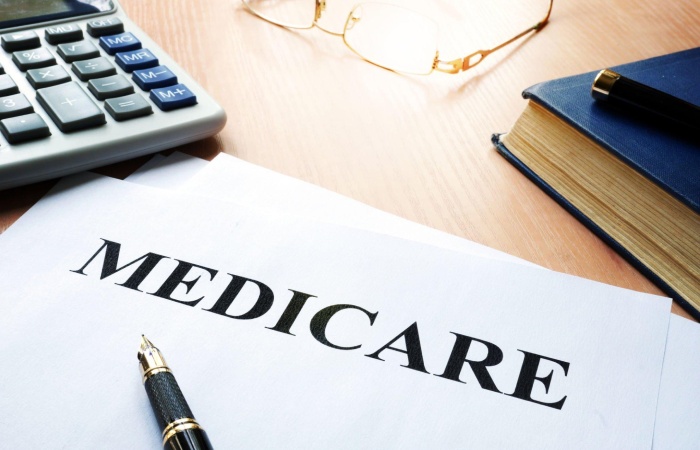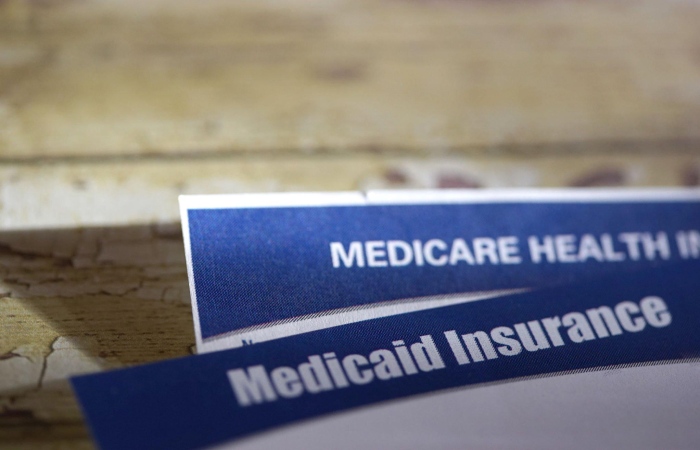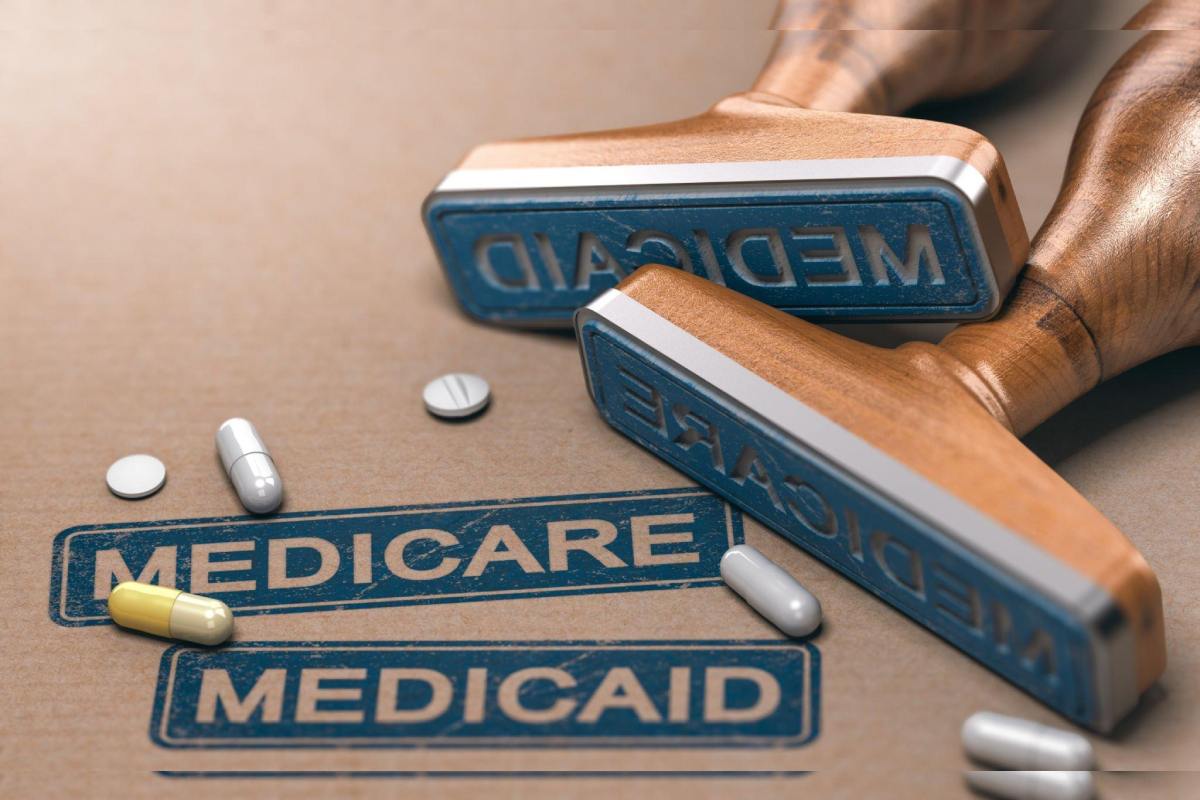Medicare vs Medicaid – Medicare and Medicaid are two government programs. Both programs administer by different parts of the government and cover other groups.
Medicare is the federal program that gives you health coverage if you’re 65 or older or under 65 and has a disability, regardless of your income.
Medicaid is a state and federal database that delivers health coverage if you have a low income. You can have both programs if you are eligible for Medicare and Medicaid (identified as “dual eligible”). The two programs will work to provide you with health coverage and lower your costs.
Many people cloud the terms Medicare vs Medicaid. While both are state-run health insurance programs, they usually help two different groups of people:
- Medicare offers health coverage to people aged 65 and older and certain younger people with specific disabilities at any income level.
- Medicaid offers health coverage for low-income people.
Table of Contents
What is Medicare?

Medicare is a federal health plan. It started in 1965 and was initially available to people 65 and older. It later expands to include people with specific disabilities and kidney failure/end-stage renal disease. Medicare is divided into parts that cover different types of care and services:
Social Security enrolls you in Innovative Medicare (Part A and Part B).
- Medicare Part A (Hospital Insurance) benefits pay for care in a hospital or for a limited time in a skilled nursing facility (after a hospital stay). Part A also pays for home health care and hospice care.
- Medicare Part B (Medical Insurance) aids pay for doctors and other health care providers’ services, outpatient care, home health care, durable medical gear, and some preventive services.
Other parts of Medicare are run by private insurance companies that survey rules set by Medicare.
- Medicare Part C (Medicare Advantage plan) contains all the benefits and services covered by Part A and B: prescription drugs and different uses for vision, hearing and dental care, bundled into one plan.
- Medicare Part D (Medicare medicine drug coverage) helps cover the cost of prescription drugs.
Most people age 65 and older are qualified for able Medicare hospital insurance (Part A) if they’ve worked and paid Medicare taxes long enough. You can sign up for Medicare health insurance (Part B) by paying a monthly premium. Some advanced-income beneficiaries will pay a higher monthly premium for Part B.
What are the 4 Parts of Medicare Cover?
Medicare Part A and Part B, also identified as Original Medicare, work together to cover most beneficiaries’ inpatient and outpatient medical needs.

Part C (also known as Medicare Benefit) and Part D (treatment drug coverage) are available through private insurance companies. They offer a range beyond what include in Part A and B.
What does Medicare Part A cover?
Medicare Part A is your hospitalization insurance. Medicare Part A includes the following:
- Hospital visits (semi-private rooms) up to 60 days
- hospital meals
- nursing services
- Thorough medical care services
- Medications, medical supplies and tackle used in the facility
- Laboratory tests and X-rays performed during a hospital stay
- Surgery and recovery costs
- Rehabilitation and therapy services
- Part-time home nursing care
What does Medicare Part B cover?
Medicare Part B offers outpatient medical services. Medicare Part B includes the following:
- Routine medical visits
- Exams, Tests, and X-Rays
- Flu shots and other vaccines
- Necessary medical supplies
- Outpatient mental health care
- Preventive medical care that is medically necessary
What do Medicare Part C and Part D cover?
You can add more coverage to your Original Medicare with Part C and Part D plans, which offer through private insurance companies like Anthem. You can enhance one or the other or combine Parts C and D like a Medicare Advantage Prescription Drug (MAPD) plan. Part C, or Medicare Advantage, offers the coverage of Part A and Part B and may include additional benefits, such as these:
- Prescription drug coverage, when combined with Part D
- Routine dental care, including cleanings, x-rays, and dentures
- Routine vision care, including contact lenses and glasses
- Regular hearing care, including hearing aids
- Fitness benefits, including fitness classes
Part D plans only offer prescription drug coverage. These plans are a good option when adding drug coverage to your Original Medicare.
What is Medicaid?
Medicaid is a health insurance program for people with low incomes. Most people pay very little, and some pay nothing, for Medicaid. Pregnant women, children, adults, and people with disabilities may be suitable for this health coverage. Each state has its own Medicaid program, but the federal government sets rules that all states must follow. In addition, the federal government provides at least half of the funding for Medicaid requirements.

Under federal regulations, states create and administer their own Medicaid program to serve qualifying residents better. States may choose to provide services in addition to those required by the federal government and may also choose to cover larger groups of people. Medicaid provides health care coverage to people who qualify based on their income and the value of their assets.
What Medicaid Covers?
If you currently have Medicare coverage, you may still qualify for Medicaid coverage if you meet the eligibility requirements.
Medicaid benefits include these:
- Medical consultations.
- Hospitalizations.
- Medicines.
- Pregnancy care.
- Checkups and vaccinations for children.
Differences Between Medicare vs Medicaid
Not sure what the variance is between Medicare vs Medicaid? Like you, there are many. These two government-funded health insurance programs have like names and offer overlapping benefits, so it’s normal to get confused. However, there are vital differences between the two, and whether or not you be eligible for one, the other, or both, it’s always helpful to know how each program is different.

Let’s take a quick look at the Medicare vs Medicaid programs.
Medicare
- People aged 65 and older and some people with disabilities, regardless of income level.
- federal funding
- It arises in 4 parts: Medicare Parts A and B (Unique Medicare) and Parts C and D
Medicaid
- For eligible low-income individuals of any age
- Federally directed benefits include inpatient and outpatient medical facilities, such as hospitalization, lab tests, X-rays, and doctor visits
- Benefits vary by state and may include prescription drugs, case management, physical therapy, and professional therapy
Medicare vs Medicaid – Can you have Both?
If you are 65 or older and meet the state income requirements for Medicaid, you can enroll in both Medicare and Medicaid. Together, they offer more inclusive health coverage at a lower cost.
Medicare vs Medicaid – Who is Eligible for Both?
Dual eligible is those who succeed in both Medicare and Medicaid coverage. For example, if you enroll in Medicare, you get the health coverage you need, plus help with additional medical costs.
Medicare vs Medicaid, what is the Primary Insurance?
Although Medicare is the primary payer for medical needs, Medicaid may cover costs that Medicare coverage doesn’t cover. For example, when you see a provider who receives both Medicare and Medicaid, Medicare pays mainly for your medical care. Medicaid pays second and covers copays and other non-covered expenses.
If you are qualified for both Medicare and Medicaid, you might be qualified for the Qualified Medicare Beneficiary Program (QMB), one of Medicare’s savings programs. With the QMB program, you’ll get aid with Part A and Part B premiums, insurance, and nondutiable.
Medicare vs Medicaid – How did Medicaid work with Medicare?
All states offer a change of Medicaid programs, with eligibility and insurance requirements varying by state. If you succeed in a Medicaid program, it can help you pay for costs and services that Medicare fixes not cover.

Here are some examples of how Medicaid can work with Medicare – Medicare vs Medicaid
Medicaid may offer secondary insurance
Medicare is the primary payer for services enclosed by Medicare vs Medicaid (such as doctor visits, hospital care, home care, and institutional skilled nursing care). Medicaid is the payer of last resort, which means it always pays last. If you go to a provider or facility that covers both forms of insurance, Medicare pays first, and Medicaid may cover your Medicare copayments, including coinsurance and copayments.
Medicaid can offer premium assistance
In many cases, if you have equal Medicare and Medicaid, you will mechanically be enrolled in a Medicare Savings Program (MSP). MSPs pay their Medicare Part B premium and may offer additional support.
Medicaid may offer cost-sharing assistance
Dependent on your income, you may qualify for the Medicare Qualified Beneficiary (QMB) MSP. When you enroll in QMB, you do not pay Medicare copayments, which include deductibles, coinsurance, and copayments.
Medicaid can offer prescription drug assistance
Dual-eligible individuals are automatically enrolled in the Extra Help database to help with prescription drug costs.
Medicaid may offer care coordination
Some states need certain Medicaid receivers to enroll in Medicaid isolated health plans, also recognized as Medicaid Managed Care (MMC) programs. So these plans may offer optional enrollment in a Medicare Advantage plan to better coordinate Medicare vs Medicaid benefits. Note: You may not be essential to enroll in a Medicare Advantage plan.
Conclusion
Medicare vs Medicaid – Depending on the requirements of each program, some people may qualify for both Medicaid and Medicare and may accept into both programs. Therefore it is called “dual eligibility” or “dual qualification”. People enrolled in both programs have almost all of their health needs covered by the Medicare insurance program and by the Medicaid assistance program.

